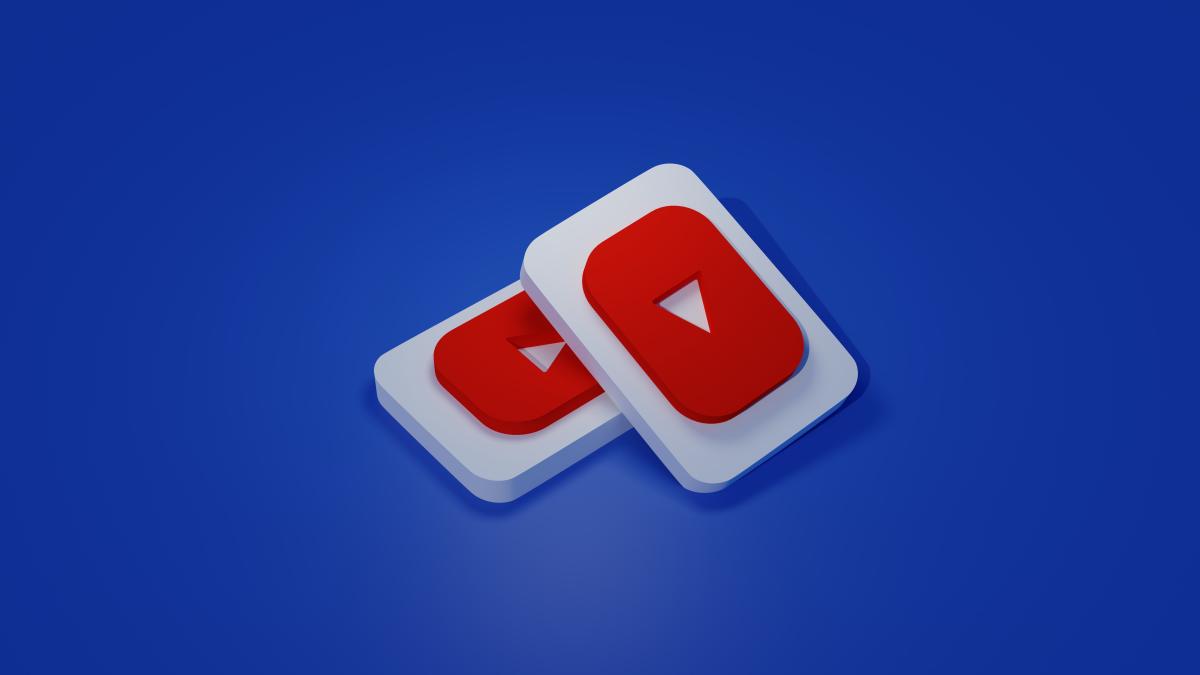
Have you ever heard of or got a copyright strike and claim after uploading your content on YouTube? Creators may have heard about it but may not know the difference between these two copyright violations.
Copyright refers to intellectual property. It gives the creator ownership and rights of all of their work. On YouTube, this includes audio, video, and images. The rights holder can take immediate and even legal action if their work is used without permission.
In this article, we will dive into the distinction between copyright strikes and claims. Although they might sound similar, each violation requires you to take different actions to solve it.
Copyright strike and its impacts
A copyright strike occurs when the right holder opposes using their work in a video and the video is removed from YouTube.
A strike is given when a right owner requests the legal removal of a video from YouTube because the uploader did not have permission to use their work, such as images, audio, or video clips.
The copyright owner can raise a Digital Millennium Copyright Act (DMCA) removal request with specific information regarding the takedown, which includes:
- The copyright owner's contact information
- A description of the work the owner wants to protect
- A sincere statement that the material has been used without permission
YouTube will remove the video from the offender channel after the rights owner files a takedown request. That creator is notified and has the option of filing a counter-notice or accepting the takedown strike and deleting the video will not fix the strike issued to your channel.
A copyright strike is a serious issue for content creators, including YouTubers. The first strike received will harm your channels, such as stopping you from monetizing your videos or any live streaming.
If you receive a second strike before the first one expires, you will have to wait another 90 days until the second violation expires.
If you get a third copyright violation before the first two expire, YouTube will automatically terminate your account and delete all of your videos. Moreover, you will also be banned from creating new channels on the platform.
Copyright claim and its impacts
A copyright claim occurs when a creator claims that their copyright-protected content has been used without their permission. The original creator will be notified that their content is used and decide whether to take action.
What happens if you get a copyright claim on YouTube? To deal with the claim, the rights owner has the following options:
- Blocking the video from being viewed on YouTube. So if you’re wondering, “Does copyright claim affect views on YouTube?”, then the answer is yes.
- Monetizing the video by placing ads and keeping the ads' revenue
- Tracking the viewership stats, which disables any monetization and tracks video performance.
The rights holder sometimes uses Content ID, a tool that searches YouTube for copyright-protected content. The system scans for video violations and notifies the copyright owner. When the tool discovers a match, the content gets a Copyright claim or also known as a Content ID claim.
Unlike copyright strikes, content ID claims have less impact on your YouTube channel. You can still monetize your other videos, which will not result in channel termination.
It will be different for repeat offenders with 50 copyright claims, resulting in one copyright strike. The copyright owner will then have the right to place advertisements on your video, claim that revenue and restrict your video in certain countries.
How to avoid copyright strikes and copyright claims on YouTube
YouTube takes copyright violations very seriously. It has strict guidelines that adhere to copyright laws. Before posting or using somebody else’s work, you should always ask permission first.
For YouTubers, dealing with copyright issues can be one of the most frustrating aspects of content creation. One way to avoid copyright issues is to use content in the public domain or under a Creative Commons license.
Public domain works are not protected by copyright or have had their copyright expire, so they can be used by anyone without permission or payment. Likewise, Creative Commons licenses are a way for creators to share their work with others while still retaining some control over how it is used.
However, it's important to ensure you understand the terms of use and comply with any requirements, such as attribution or non-commercial use.
If you're feeling creative, creating your own original content is also a great way to avoid copyright issues. You automatically hold the copyright to that work and can control how it is used. In addition, it ensures that your work is unique and tailored to your needs, giving you more freedom and flexibility in your projects.
Alternatively, you can commission content creators or videographers to do the work. Professionals usually have experience with copyright laws, helping you avoid potential issues. They can ensure that any third-party content used in the videos, such as music or images, is properly licensed or falls under fair use.
Read more on how you can outsource your video content and make the most out of it.
By delegating the task of video production to professionals, you can save time and energy, focusing on other essential aspects of your channel — scripting, audience engagement and channel growth strategies.
Origin Hope provides any content operation with newsroom efficiency, powered by its optimized processes, AI technology and excellent customer service. We work with marketing departments, independent creators, publishers and media groups around the world. Get in touch here.
